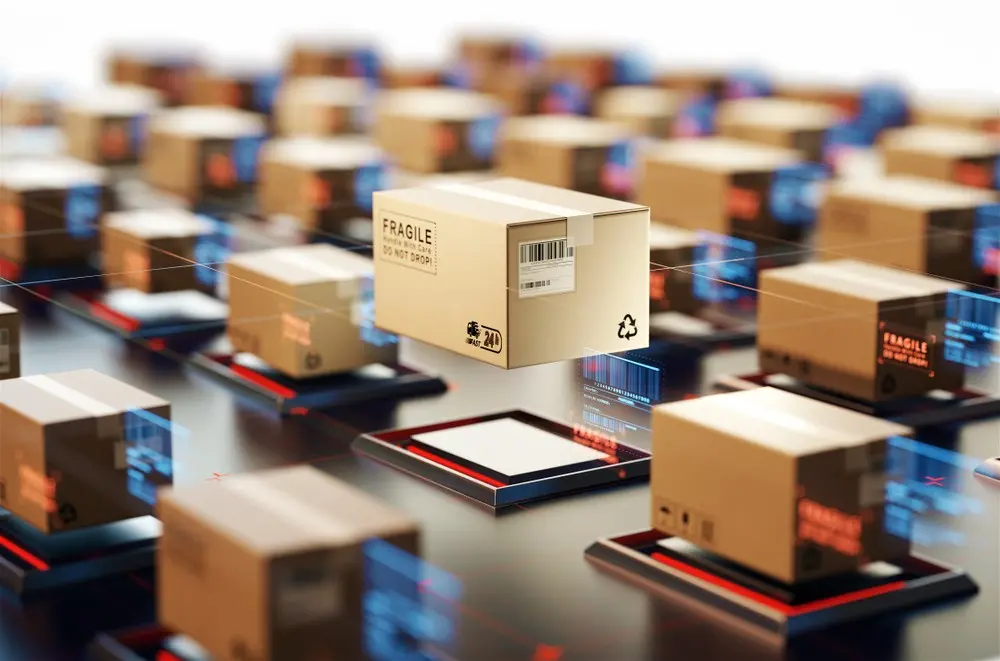With an exceptional set of functionalities that ranges from sensing, identifying, evaluating, tracking, and reporting, smart packaging intends to maintain product quality and strengthen seller-buyer relationships.
Right from production to distribution to sales, it is essential to shield products from any kind of damage or spoilage. Along with giving product packages an aesthetic look, brands should equally consider delivering products to customers with no damages. That’s because one-third of a consumer’s decision making relies solely on product packaging. Product packaging, if not done right, can ruin customer trust and loyalty, undermining the company’s values and impacting the profit margins negatively. Realizing this, forward-thinking brands have come up with an novel concept -- smart packaging. Smart packaging refers to making use of technologies to track and detect issues with product packages if any. The objective behind this trend has been not only to improve product delivery services but also to reduce the supply chain expenses.
The Role of Technologies in Smart Packaging
A research report states that the market for smart packaging is estimated to grow up to 39.7 billion dollars by 2020. This indicates the growing need for and importance of smart packaging.
Internet of Things
Embedding multiple sensors on product packages will give real-time information about product quality, damages, or any other kind of tampering (to the product). The availability of real-time information will help brands to take necessary remedial measures in a timely fashion. This way, brands can not only extend product shelf life but also provide the best-in-class customer experience with IoT throughout the duration of their business relationship.
Artificial Intelligence
Quality control is among the essential activities in the product packaging process. Continuous monitoring by manual methods is not an easy undertaking. AI can take up this role, helping brands with real-time insights on the packaging quality so that proactive actions can be taken if needed.
Machine vision systems can capture images, process the details, analyze the packaging, interpret the data, and respond accordingly. Imagine you have vision-assisted robots in a production plant. This vision-assisted machine can tirelessly move around the aisle of a factory and capture pictures of every product and its packaging and analyze it. If it finds the product packaging to be damaged, then the machine will take appropriate steps like placing the damaged packages to a separate location or notifying the concerned authority.
Augmented Reality
Traditional product packages displayed just a brief about the product. Customers were provided with limited product information. However, AR opens up an amazing opportunity to engage with customers. The technology augments digital content onto the product packaging, allowing customers to glean additional information about the product just by placing their smartphone in front of it. Through a simple QR code, brands can strengthen their customer relationships by providing them with information like fun facts (about the product), nutritional statistics, customer reviews, expert advice, or company information. By offering interactive content, AR will help in increasing brand engagement, which will ultimately improve the bottom line of the company.
As important as it is to improve product quality and customer service, brands should also be mindful of the growing need for the new facet of customer satisfaction, which can be obtained by considering this hottest trend -- smart packaging. So, if you wish to increase your business profit margins while staying unique and ahead in the competitive market, then it’s time to implement this idea at the earliest possible or for an even greater advantage, right now!




Leave your comments
Post comment as a guest